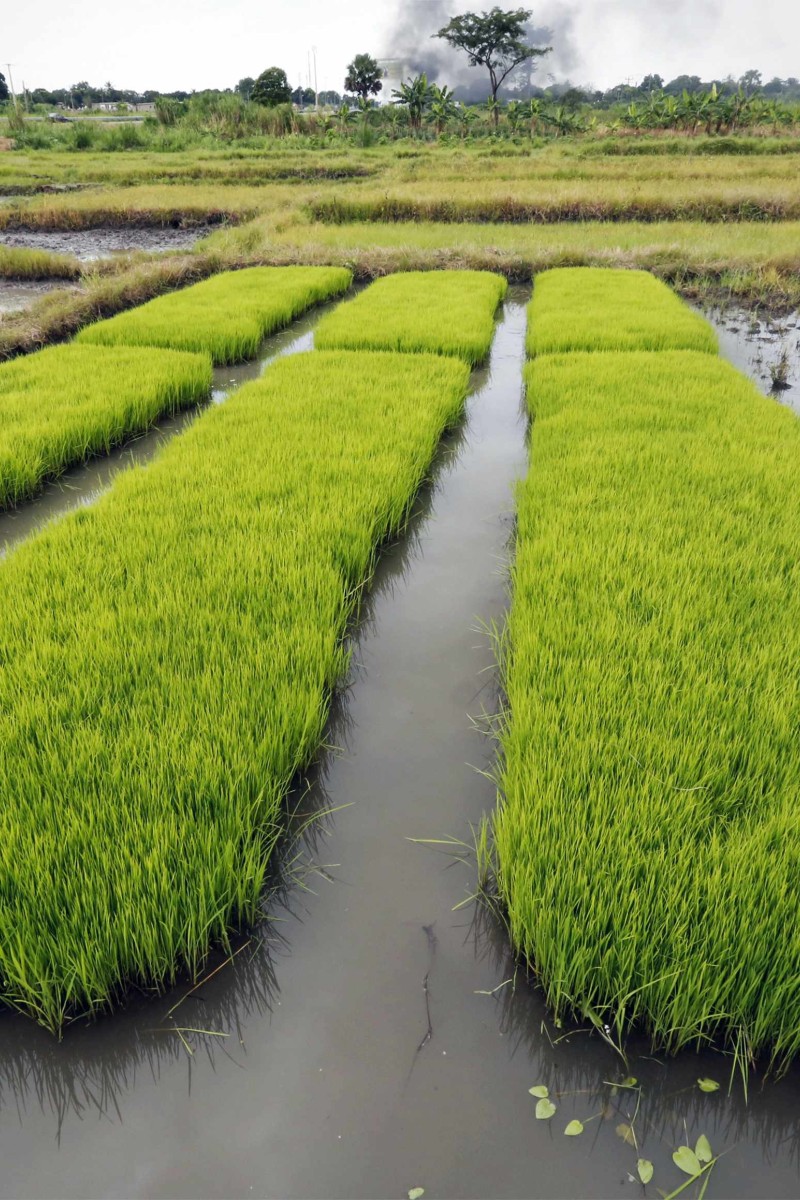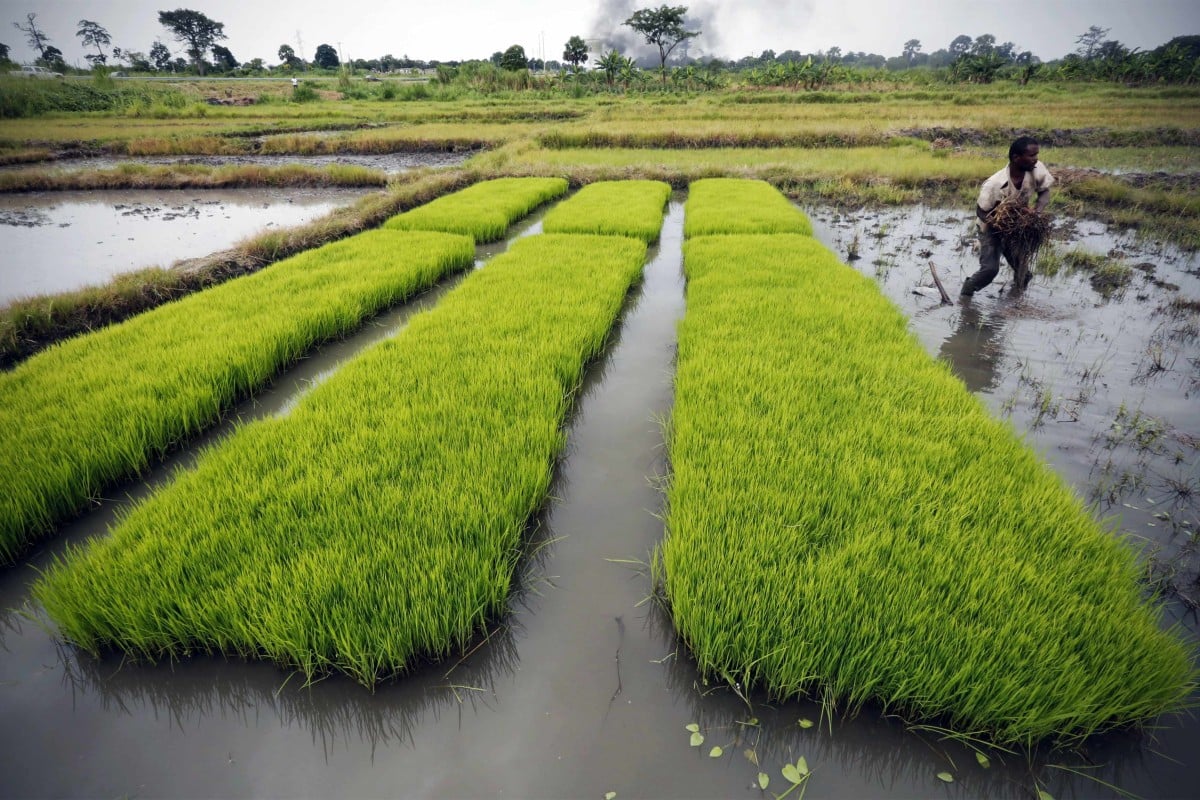
 A man works in a rice field in Nanan, Yamoussoukro.
A man works in a rice field in Nanan, Yamoussoukro.I think the root of poverty stems from a poor economy. In countries where the agriculture is the largest, if not the only, sector in the economy, the problem must lie in the way agriculture works. If we survey an average yield of crops in a sub-Saharan African nation such as Ethiopia, we find that crops may be only waist-high, while in developed countries such as the States, they often taller than humans. Why is this?
Farmers in the developing countries lack capital-intensive products that increase productivity, such as good seed and fertiliser. Although farmers would like to purchase high-quality seeds and fertiliser in order to treble or quadruple their harvests, they simply can’t. They often make only enough to survive and provide for their own needs; they do not have enough money to purchase such capital. Banks are unwilling to provide credit as they perceive agricultural loans to be risky: if a natural disaster occurs and yields are affected in a major way, then no one will be able to pay back their loans, and they remain unable to buy the equipment they need to farm more productively. The situation stagnates, and farmers remain poor.
Current food aid programmes provide only a short-term solution. Food is shipped to these countries, but the costs of doing that continue to rise. Food shipped from the US has decreased by more than 64 per cent in the last decade. I propose a three-pronged solution:
Firstly, organisations and cooperatives should be created locally. Currently, the agricultural sector in many sub-Saharan countries mainly consists of individual farmers working on individual plots of land. Families should be encouraged to group together with other local farmers. This will not only make banks more willing to provide farming loans, as the risk of lending money is reduced, but will also help farmers in the way that they can pool together and share resources.
Secondly, local charities should be more active in providing education and technical expertise. Currently many farmers are reluctant to use new “hybrid” seeds, and are more comfortable with using seeds that come from their previous harvests, which often result in poor crop quality and low yields. Volunteers from these charities should explain the importance of using better techniques, and the use good seed and fertiliser.
Thirdly, local food banks should be created. If productivity increases, there is a concern that the surplus of crops will overflow the market. This causes prices to drop and farmers to suffer, at least in the short term. The creation of food banks should guarantee farmers a fair price for however much they can produce, and the surplus should go to food aid programmes.
The key here is sustainability. It is important that charities and food aid organisations tackle the root of problems such as failures in the agricultural sector, instead of simply addressing the symptoms. The adage: “Give a man a fish, and feed him for a day; show him how to catch a fish, and feed him for a lifetime” certainly rings true here.